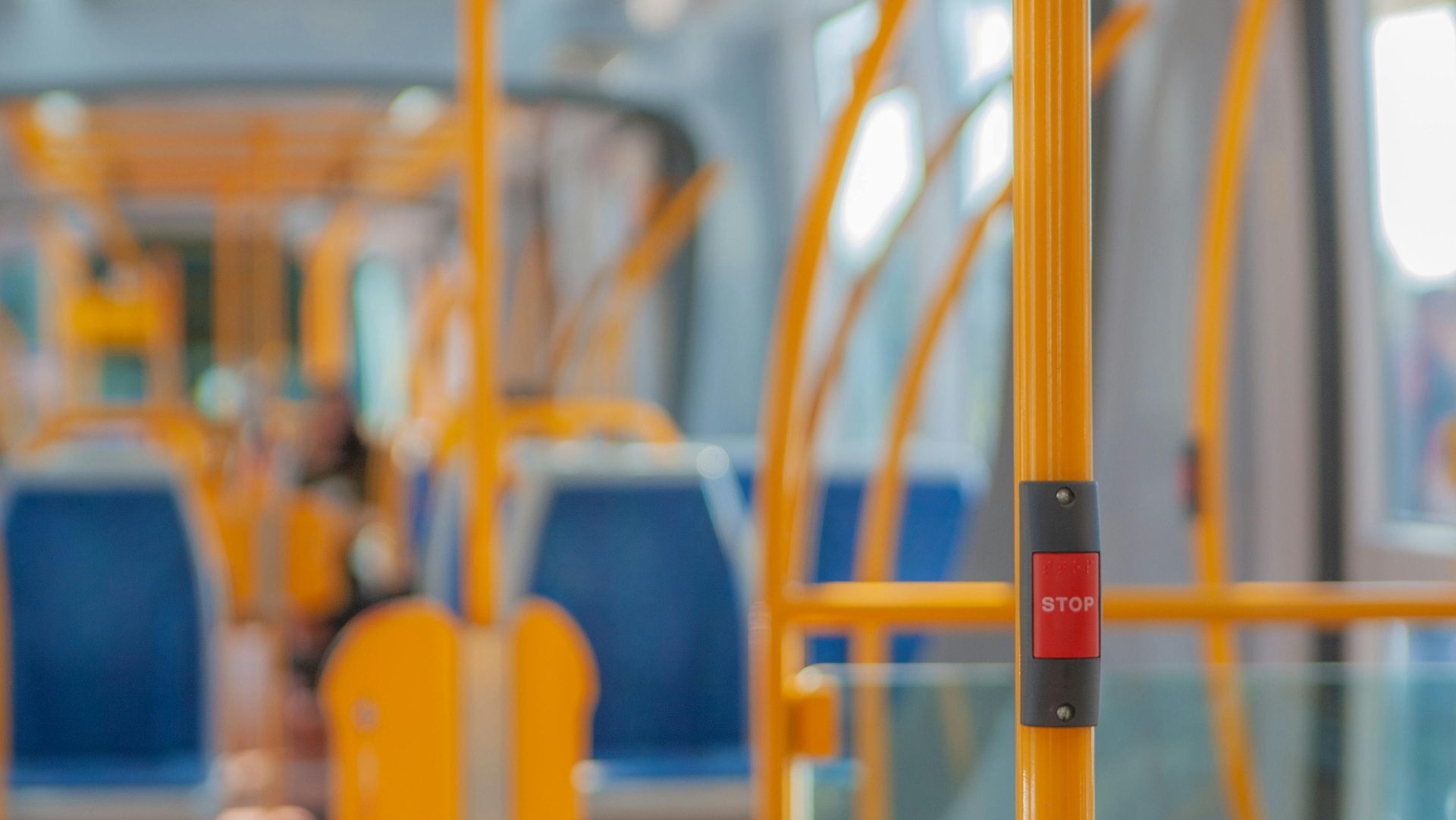In the rural Derbyshire Dales, the district council’s target of building 161% but public transport satisfaction sits at -12%.
Steve Chambers, sustainable transport campaigner at Transport for New Homes, said: “What these figures show is a complete lack of joined up thinking. There is currently no correlation between where we are building new homes and quality public transport, severely limiting the choice for people who can’t, or don’t, want to drive everywhere.
“We have to plan more intelligently. New developments should be built around really good public transport from day one, otherwise we are consigning hundreds of thousands of people to car dependency and traffic chaos.”
The government’s planning reforms come as the government has promised to invest in building homes and neglected infrastructure.
The spending review earlier this month promised £39 billion to build affordable housing over the next decade while also setting out a £113bn plan for infrastructure over the parliament, with a focus on towns and cities outside London and the south east.
Chancellor Rachel Reeves said she was “proud to announce the biggest cash injection into social and affordable housing in 50 years” and signalled the government’s intention to focus on social rent homes at the spending review.
Advertising helps fund Big Issue’s mission to end poverty
To meet the new mandatory targets, some local authorities will need to double, triple or even quadruple the number of homes built each year.
Read more:
But with public transport satisfaction already low in some of these areas, that risks creating hundreds of thousands of homes where residents are reliant on cars at a time when the UK is facing a race to slash emissions and reach net zero.
As well as the mostly rural areas cited above, Transport for New Homes also identified councils in East Hampshire, Malvern Hills in Worcestershire and Calderdale in West Yorkshire as having to more than double the number of homes despite dissatisfaction with public transport.
Some residents in areas covered by high housing targets scored between -25% and -50% for the quality of local transport in their area.
In Somerset and Staffordshire Moorlands, public transport satisfaction has reached -41% but authorities have been asked to deliver 37% and 107% increases in homes each year respectively.
Advertising helps fund Big Issue’s mission to end poverty
Transport for New Homes has called for transit-oriented developments to serve residents from day one of occupation in their new homes. That requires local councils having deliverable masterplans that create walkable and well-connected places, the campaign group said.
Jenny Raggett, project coordinator at Transport for New Homes, said: “Housing targets aimed at rural or semi-rural parts of the country and a developer-led choice of location, are plonking more and more giant housing estates on fields on the edge of towns and villages, places where it’s all about driving. The result is increased congestion, limited housing choices for those who don’t want to drive everywhere, and dying town centres.
“The planning system needs to direct building in more sustainable locations that will work with new and existing public transport infrastructure and promote regeneration and economic growth.”
Promises are easy to break. Sign Big Issue’s petition for a Poverty Zero law and help us make tackling poverty a legal requirement, not just a policy priority.
Do you have a story to tell or opinions to share about this? Get in touch and tell us more. Big Issue exists to give homeless and marginalised people the opportunity to earn an income. To support our work buy a copy of the magazine or get the app from the App Store or Google Play.





